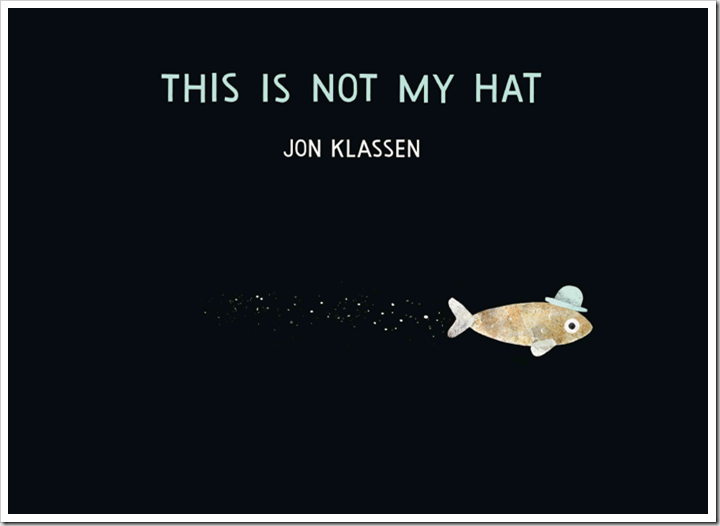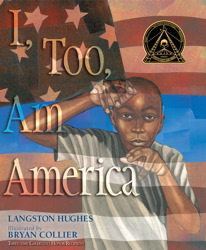Max loves nature, a propensity I am doing my best to encourage. We try to spend some time outside every day, rain or shine. We visit our local Nature Center for playdates and programs, as well as just to hike and explore on our own. I recently watched him spend a happy half hour following an ant around the deck, giggling as he watched it navigate the jungle of his toys.
His delight with the natural world made this trio of books a special treat for us to share. These Bees Count, These Seas Count, and This Tree Counts are all written by Alison Formento and charmingly illustrated by Sarah Snow. The illustrations in each are bright papercut collage, depicting the natural world in a realistic and cheerful manner.
 In These Bees Count, Mr Tate's class takes a field trip to a farm. Farmer Ellen explains to the children that her farm doesn't grow flowers or trees and does't house traditional farm animals. Instead, she farms bees and honey. Some of the children are nervous about being stung, though their fears dispel as Farmer Ellen provides them with protective suits and shows them around. As lhey all take the time to listen to the bees, they discover more about the relationship bees have with the plants on the farm and that bee pollen is neccessary for the success of our food crops. The final page is meant to provide more information to a parent or caregiver to share with their child.
In These Bees Count, Mr Tate's class takes a field trip to a farm. Farmer Ellen explains to the children that her farm doesn't grow flowers or trees and does't house traditional farm animals. Instead, she farms bees and honey. Some of the children are nervous about being stung, though their fears dispel as Farmer Ellen provides them with protective suits and shows them around. As lhey all take the time to listen to the bees, they discover more about the relationship bees have with the plants on the farm and that bee pollen is neccessary for the success of our food crops. The final page is meant to provide more information to a parent or caregiver to share with their child.
 Mr Tate's class volunteers to help Captain Ned out on Beach Clean Up Day in These Seas Count. Captain Ned tells them that the sea is sad by all the garbage littering the beach. He invites the children to listen to the sea and to really hear what it holds. What follows is a litany of some of the many animals the sea provides a home for - marlin, jellyfish, harbor seals. The Captain explains that, "If the oceans and seas aren't clean, that hurts fish and people." The children work hard to help clean up and Mr Tate reminds them of the recent lesson they had about the water cycle, helping them make the connection between the classroom and the real world. Again, a final informational page is included, this time accompanied by a bibliography of sources and web links.
Mr Tate's class volunteers to help Captain Ned out on Beach Clean Up Day in These Seas Count. Captain Ned tells them that the sea is sad by all the garbage littering the beach. He invites the children to listen to the sea and to really hear what it holds. What follows is a litany of some of the many animals the sea provides a home for - marlin, jellyfish, harbor seals. The Captain explains that, "If the oceans and seas aren't clean, that hurts fish and people." The children work hard to help clean up and Mr Tate reminds them of the recent lesson they had about the water cycle, helping them make the connection between the classroom and the real world. Again, a final informational page is included, this time accompanied by a bibliography of sources and web links.
 Mr Tate is clearly a dedicated teacher who wants his students to pay attention to the nature in their own backyards, not just what they encounter on class trips. Accordingly, This Tree Counts sees the students preparing to plant more trees behind their school. They listen to what the tree has to tell them and discover that one tree teems with life - owls, spiders, robins, ants, and more. He tells the children that the tree "washes" the air they breathe and asks them what other kinds of trees they know. A discussion about the other benefits of trees follows. In the ends, ten baby trees are planted and the class understands that trees do more than just provide a shady place to play. This book doesn't include additional information at the end, but an interested child or adult could easily find more to further an exploration of the world of trees.
Mr Tate is clearly a dedicated teacher who wants his students to pay attention to the nature in their own backyards, not just what they encounter on class trips. Accordingly, This Tree Counts sees the students preparing to plant more trees behind their school. They listen to what the tree has to tell them and discover that one tree teems with life - owls, spiders, robins, ants, and more. He tells the children that the tree "washes" the air they breathe and asks them what other kinds of trees they know. A discussion about the other benefits of trees follows. In the ends, ten baby trees are planted and the class understands that trees do more than just provide a shady place to play. This book doesn't include additional information at the end, but an interested child or adult could easily find more to further an exploration of the world of trees.
Any one of these titles would be a fantastic addition to a classroom or storytime setting, as well as being the perfect stories to share with your own budding naturalist. I look forward to seeing more areas explored in future books - perhaps the forest or desert (although perhaps Mr Tate's field trip funds don't extend quite that far). We have already shared these books and will undoubtedly pull them out again as Max gets older and we begin to learn about the natural world in earnest.
disclaimer: The
books reviewed in this post were sent to me by Albert Whitman &
Company to review for this blog. I read all the books and all opinions expressed
here are my own.































